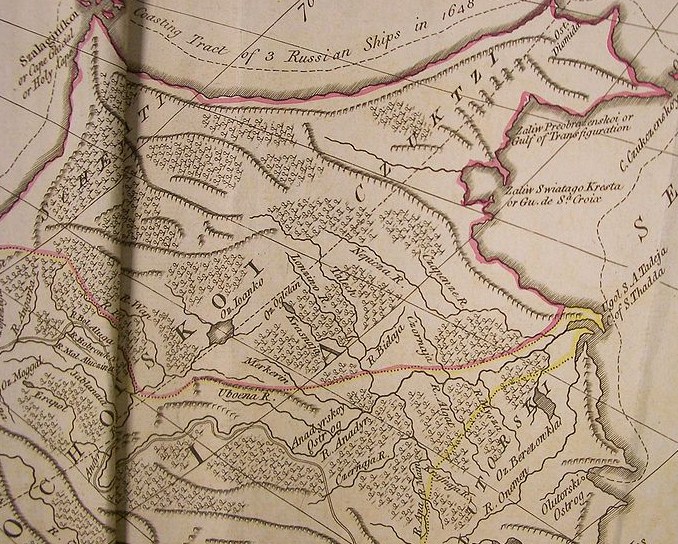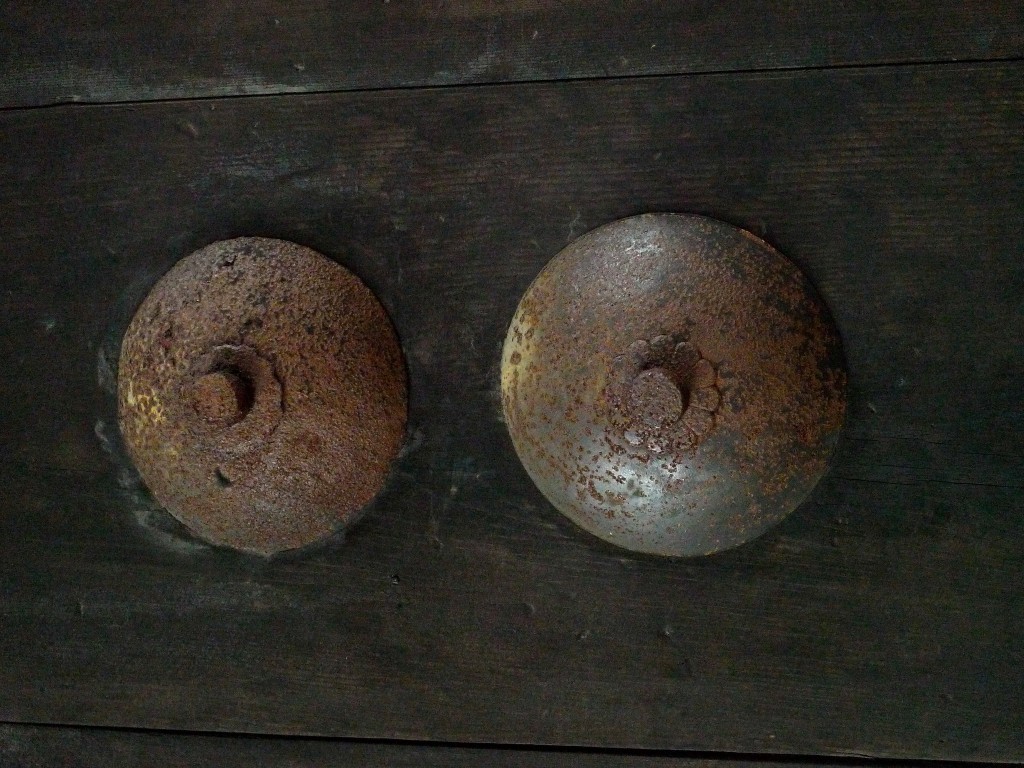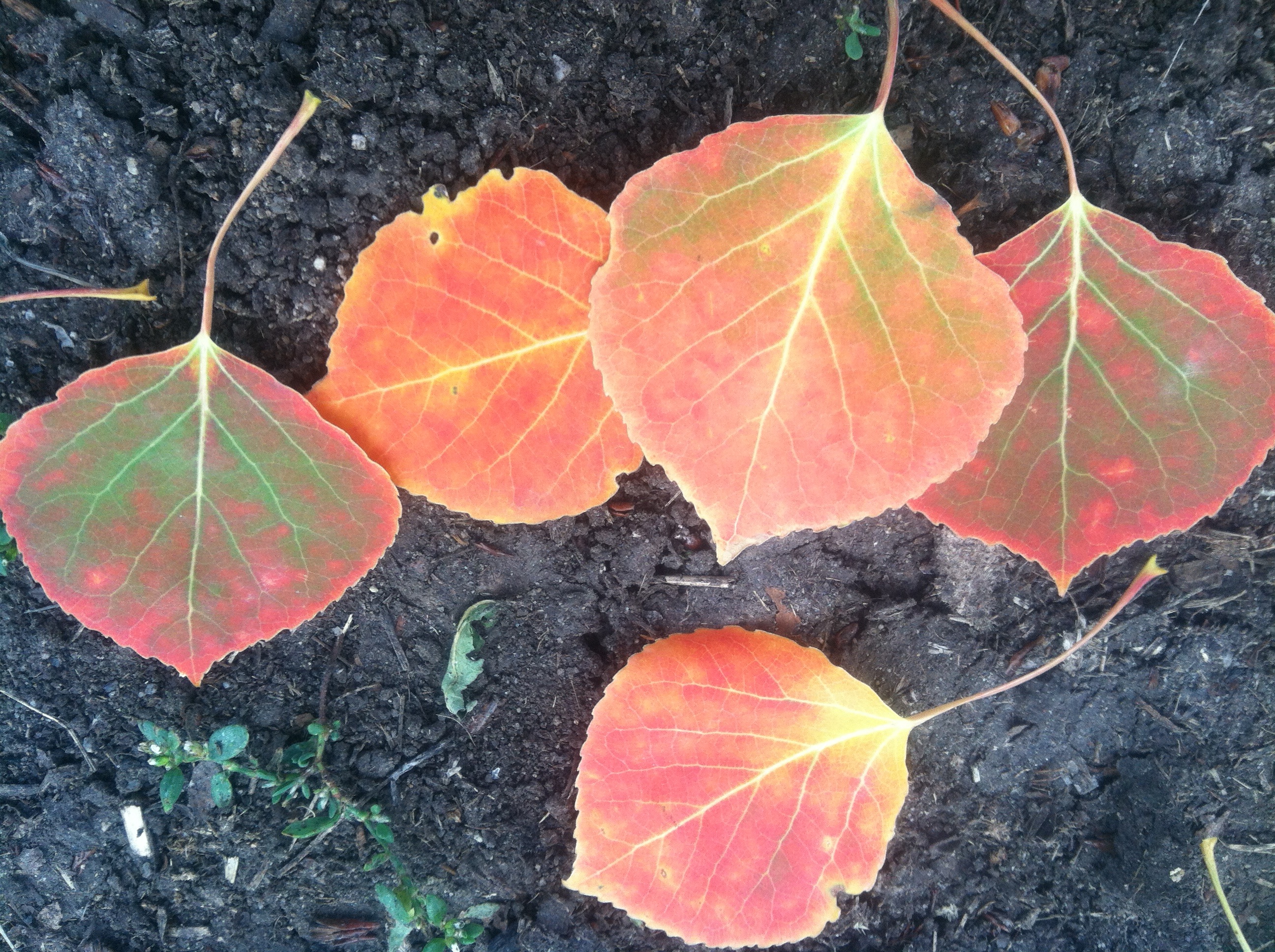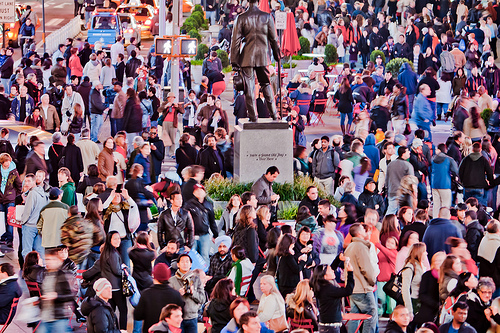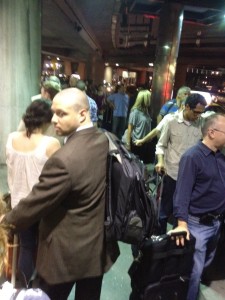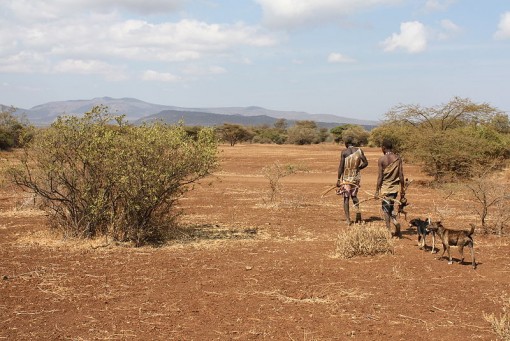 Quite by accident last week, I came across something, an ethnographic detail really, that captured my imagination, and that has clearly delighted and puzzled anthropologists and even contributed to a new theory of human evolution. The detail concerned the Hadza, 1000 or so modern hunter-gatherers who speak an ancient click language and who live in the woodlands around Lake Eyasi, Tanzania, not far from Olduvai Gorge.
Quite by accident last week, I came across something, an ethnographic detail really, that captured my imagination, and that has clearly delighted and puzzled anthropologists and even contributed to a new theory of human evolution. The detail concerned the Hadza, 1000 or so modern hunter-gatherers who speak an ancient click language and who live in the woodlands around Lake Eyasi, Tanzania, not far from Olduvai Gorge.
The Hadza, as I discovered, prize honey above all else in their diet. Hadza mothers wean their young on liquid honey, and during the wet season, particularly the months of February and April, Hadza families gorge for weeks on its sticky sweetness. The men possess an expert knowledge of bees and bee behavior, giving the honeys produced by different species different names. Those who forage for honey figure prominently in Hadza mythology.
And there is indeed something almost magical about the way that Hadza collect honey.

